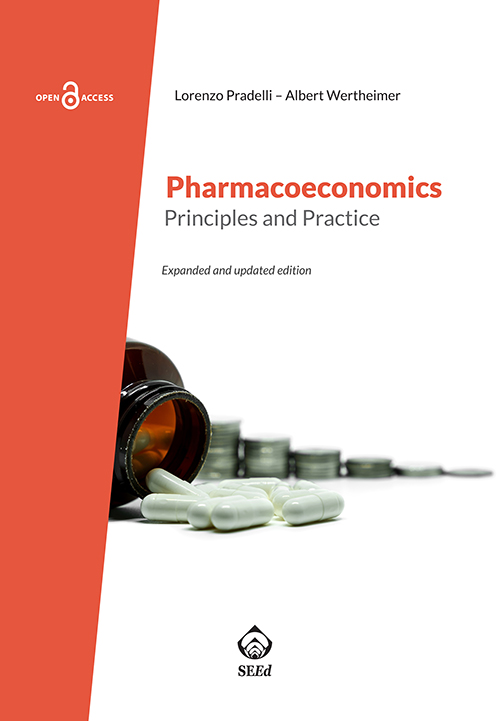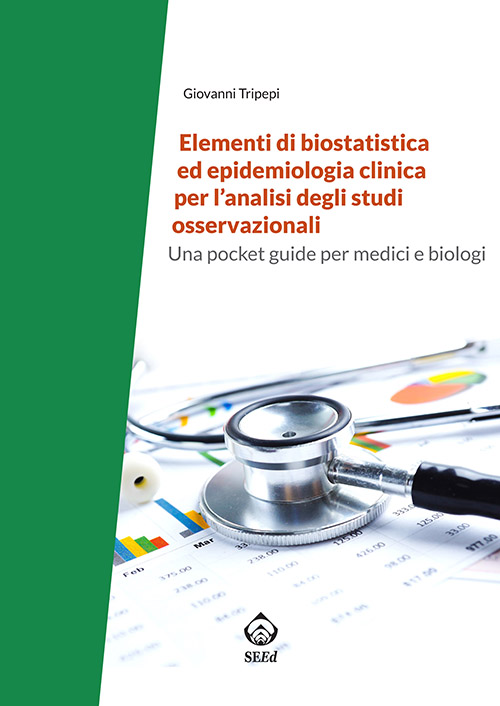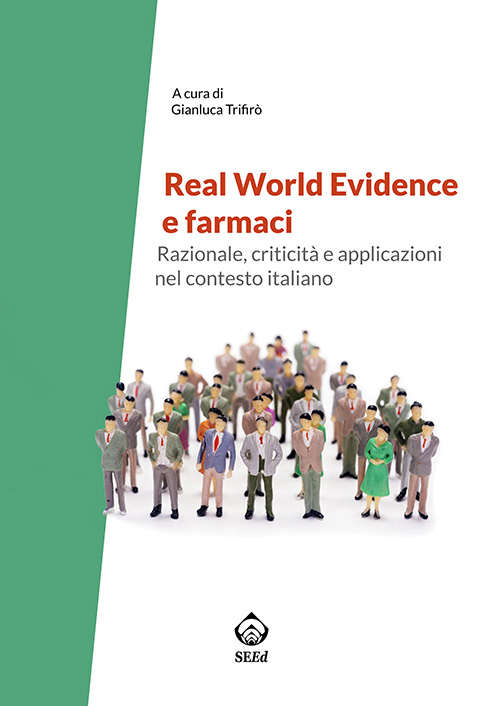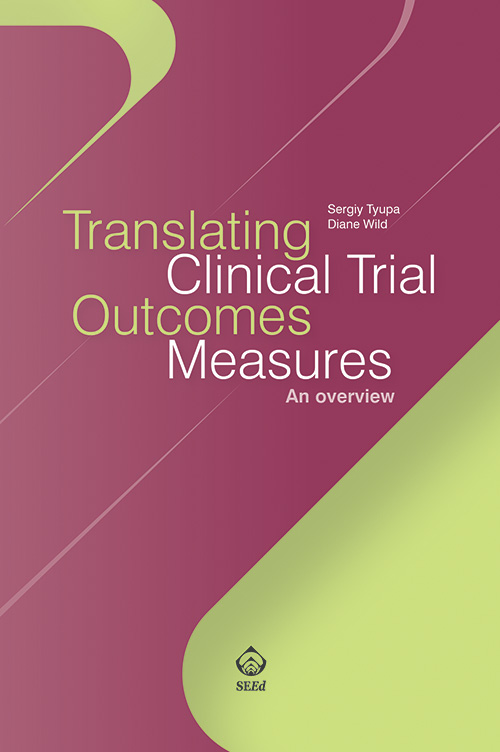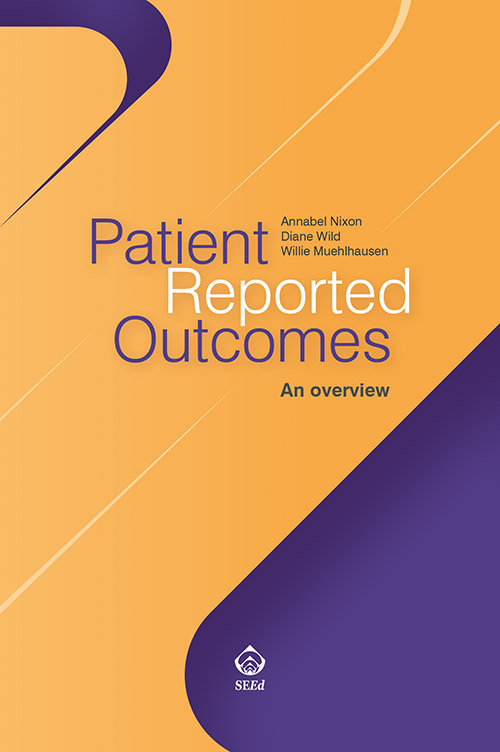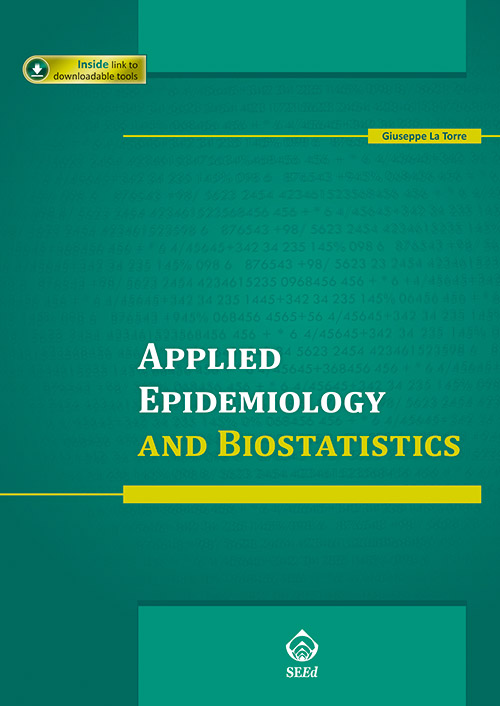
PRINCIPLES OF PHARMACOECONOMICS
To define pharmaco-economics research and its use and identify ways in which a drug can be considered ‘cost-effective. To distinguish between types of costs (direct medical, direct non-medical, indirect, intangible), describe types of outcomes -e.g. surrogate vs. final, economic, clinical, patient reported- and how they are incorporated into cost-effectiveness analyses. Know how to interpret a cost-effectiveness plan, describe the various study perspectives and identify the importance of sensitivity analysis.

PHARMACOECONOMICAL METHODOLOGY
To identify the differences between various pharmaco-economic methodologies, such as disease cost analysis, cost-minimisation analysis, cost-effectiveness analysis, cost-utility analysis and cost-benefit analysis. Calculate the incremental cost-effectiveness for one drug compared to another. Describe how utility values are used to calculate a difference in life years for quality between average cost-effectiveness ratios and incremental cost-effectiveness ratios. Describe the advantages of using cost-effectiveness acceptability curves.

PATIENT REPORTED OUTCOMES (PRO)
To define patient-reported outcomes (PROs) and when they should be used. To identify the types of instruments used to measure PROs, including generic and disease-specific instruments. Describe examples of commonly used PRO instruments, including the SF-36 health survey and the EQ-5D. Assess the need to measure what is important to the patient and outline the recommendations in the PRO Guide. Explain how a PRO instrument can be considered valid and reliable.
Via Vittorio Alfieri,17
Torino (Italy)
FOLLOW US
CONTACTS
+39011.76.51.239
info@adreshe.com
P. IVA 09828960014
REA TO-1084228
